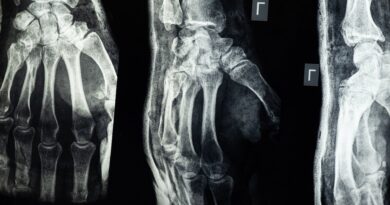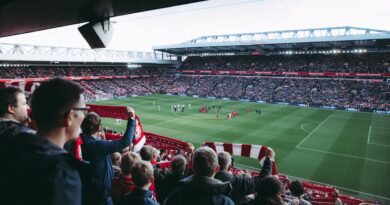LGBT Issues in Sports
In the wake of the Orlando shooting in a gay nightclub on June 12, 2016, our society is faced with the enormous task of identifying discrimination based on sexual orientation and finding practical and long-term solutions swiftly and ubiquitously. Fifty lives have been lost to this horrifying tragedy which is why it’s ever more important to underscore the fact that LGBT rights are human rights.
The term ‘LGBT’ (Lesbian, Gay, Bisexual, Transgender) has expanded as of late to LGBTQ2S so as to include Queer and 2-Spirited persons. What used to be seen as a dichotomous divide between the male and the female sexes is now viewed as a spectrum of sexuality symbolized by the rainbow of colors found in gay pride flags. Unfortunately, some people still adhere to the old-fashioned views of gender roles and sexuality. Needless to say, members of the LGBT community face hurdles just as much within sports as they do in other environments based solely on their sexual preference and the gender which they choose to express. Following are some issues faced by individuals based on their sexual orientation and gender identity:
• The way gender expression is perceived makes an impact on how lesbian, gay and transgender athletes are treated. The female gender is seen as the weaker one and failing to achieve athletic peaks are associated with being girly. Therefore, men are insulted with remarks such as, “You throw like a girl” to indicate failure of the male athlete to throw with force. By the same token, women who appear masculine or are able to reach athletic heights are picked on about being manly. It doesn’t occur to the one hurling these insults that perhaps their conventional views of gender expression are out of touch with reality.
• Female athletes who join sports to prove the idea that women can perform well at athletics are faced with the challenge of putting themselves through even more gender scrutiny. Likewise, men who don’t show interest in sports or don’t perform well in sports are referred to as gay or queer because being high achievers in sports is thought to be associated only with males. The reality is that interest and performance is sports is independent of one’s sexual preference and gender identity therefore these two ideas have to be dissociated.
• Transgender athletes have a major issue when it comes to something as basic as which locker room to use based on one’s gender identity. Athletes that identify as female but were born male that use the locker room meant for the gender of their choosing face a lot of hostility in the form verbal and even physical abuse.
• Recently, world champion boxer, Manny Pacquiao, called gay people “worse than animals” for the sheer fact that they choose to be with members of the same sex. Oftentimes, individuals that discriminate against homosexual people have a tendency of focusing on their victims’ sex life, leaving out all the other areas of their personality and lifestyle. It’s no wonder that both gays and lesbians are reported to be at a higher risk of being victims of sexual assault.
• Though we may have seen some progress in the rights of homosexual individuals in recent decades, discrimination against coaches that are part of the LGBTQ2S community is still rampant. Male and female coaches who are homosexual or are perceived as homosexual are harassed and, at times, even fired due solely to their sexual orientation and gender identity.
These are a few among many issues faced by athletes based on sexual orientation and gender identity. People’s perception of gender roles has to change and that can only be done through education, both formal and informal. In addition to teaching about gender identity and the various types of sexuality, we must have laws that protect the rights of these individuals as well as ones that punish the perpetrators of discrimination towards members of the LGBTQ2S community.



